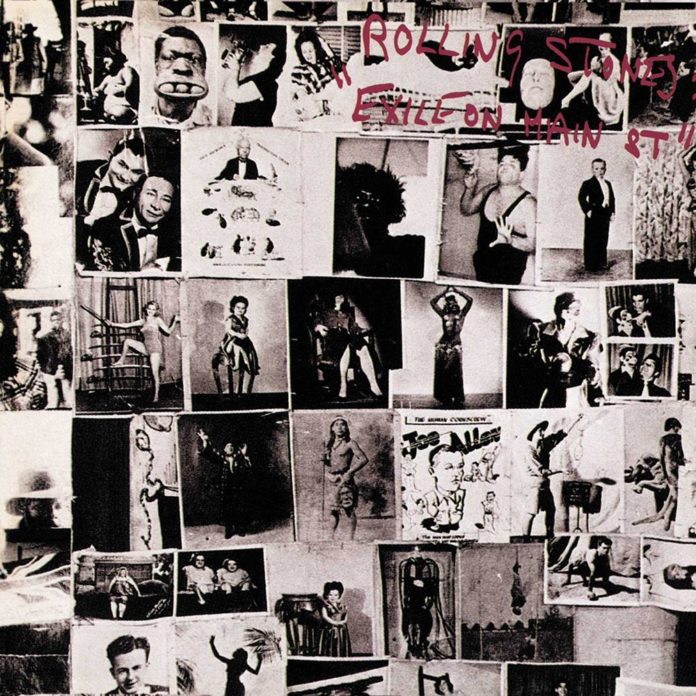Released in 1972, Exile on Main St. is one of The Rolling Stones’ most iconic albums, revered for its raw sound and diverse musical influences. However, even some die-hard fans might not know these fascinating behind-the-scenes details about its creation:
1. Recorded in a Makeshift Studio
The majority of Exile on Main St. was recorded in the basement of guitarist Keith Richards’ rented villa, Nellcôte, in the South of France. Due to tax issues, the band had become exiles, and without access to a proper studio, they used a mobile recording truck. The basement’s tight, disorganized sessions, along with the constant partying and Richards’ heroin use, created the album’s gritty and unpolished sound.
2. Not Everyone Showed Up for Sessions
Despite being a band effort, Exile on Main St. had a revolving door of musicians during its recording sessions. Bassist Bill Wyman, for example, was so frustrated with the chaotic environment that he didn’t participate in many of the sessions. As a result, several tracks feature other musicians filling in on bass, including Mick Taylor and Richards himself.
3. The Infamous “Happy” Was an Impromptu Jam
One of the album’s most famous songs, “Happy,” sung by Keith Richards, was created spontaneously. Richards arrived early to a session, and with nothing planned, he picked up a guitar and started jamming. With only a baritone sax, guitar, and drummer Jimmy Miller, the track was recorded in an afternoon and remains one of Richards’ signature performances.
4. Influenced by Southern Gospel
The album’s gospel influence, particularly on tracks like “Tumbling Dice” and “Shine a Light,” was inspired by Mick Jagger’s visit to an evangelical church in Los Angeles, where he witnessed a live recording session for Aretha Franklin’s Amazing Grace album. This experience deeply impacted the sound and arrangement of the album’s gospel-inflected tracks.
5. An Album About Hedonism and Time
Lyrically, Exile on Main St. dives deep into themes of hedonism, excess, and the fleeting nature of time. Critics have described it as a reflection of the band’s decadent lifestyle during the 1970s, with songs that explore sex, drugs, and the rock-and-roll lifestyle, while also revealing a subtle preoccupation with aging and the passage of time as the band members approached 30.
Though Exile on Main St. initially received mixed reviews, it has since been hailed as one of The Rolling Stones’ greatest achievements and a cornerstone of rock history. Its unique blend of blues, rock, country, and gospel, combined with the chaotic recording process, has earned it a lasting legacy.







